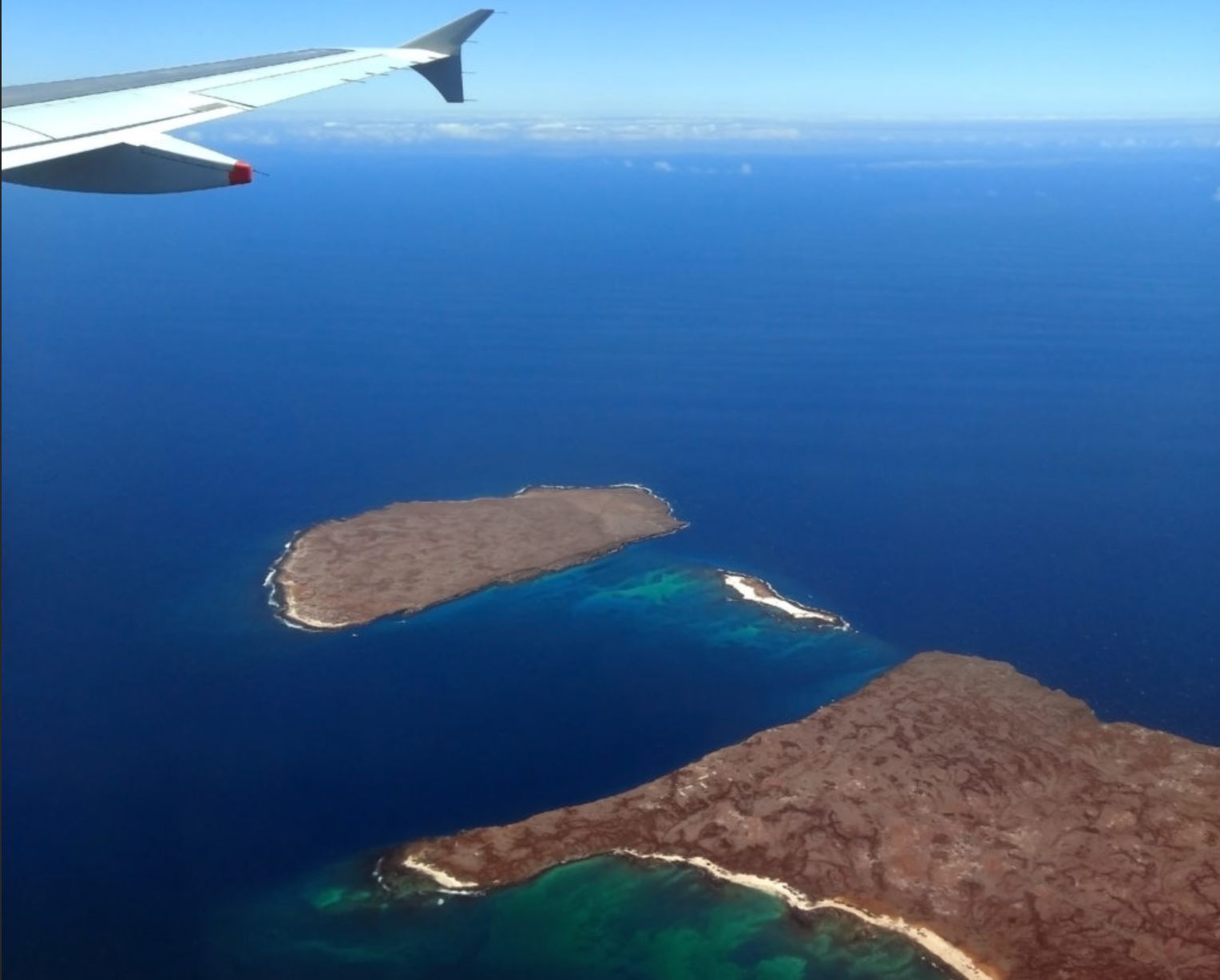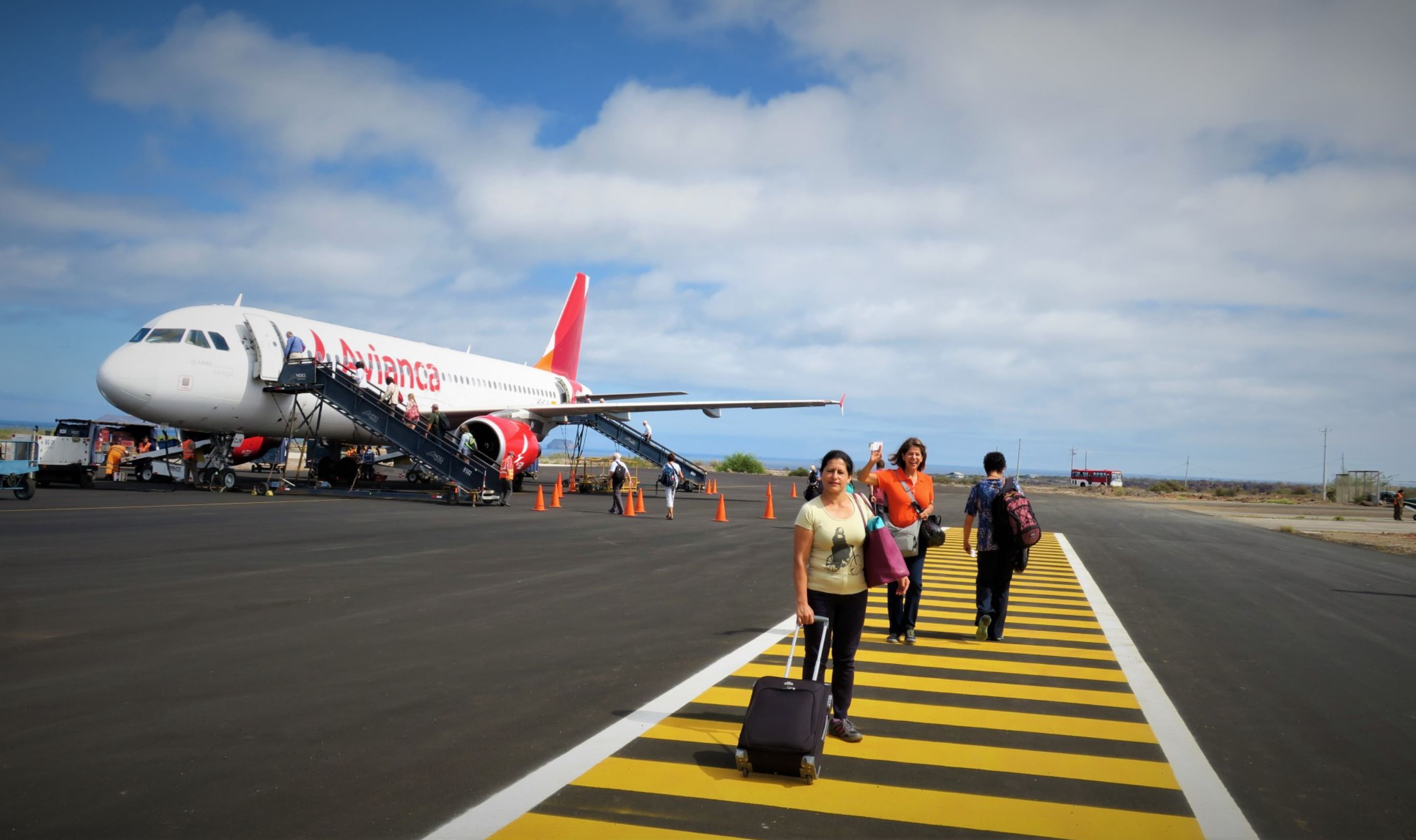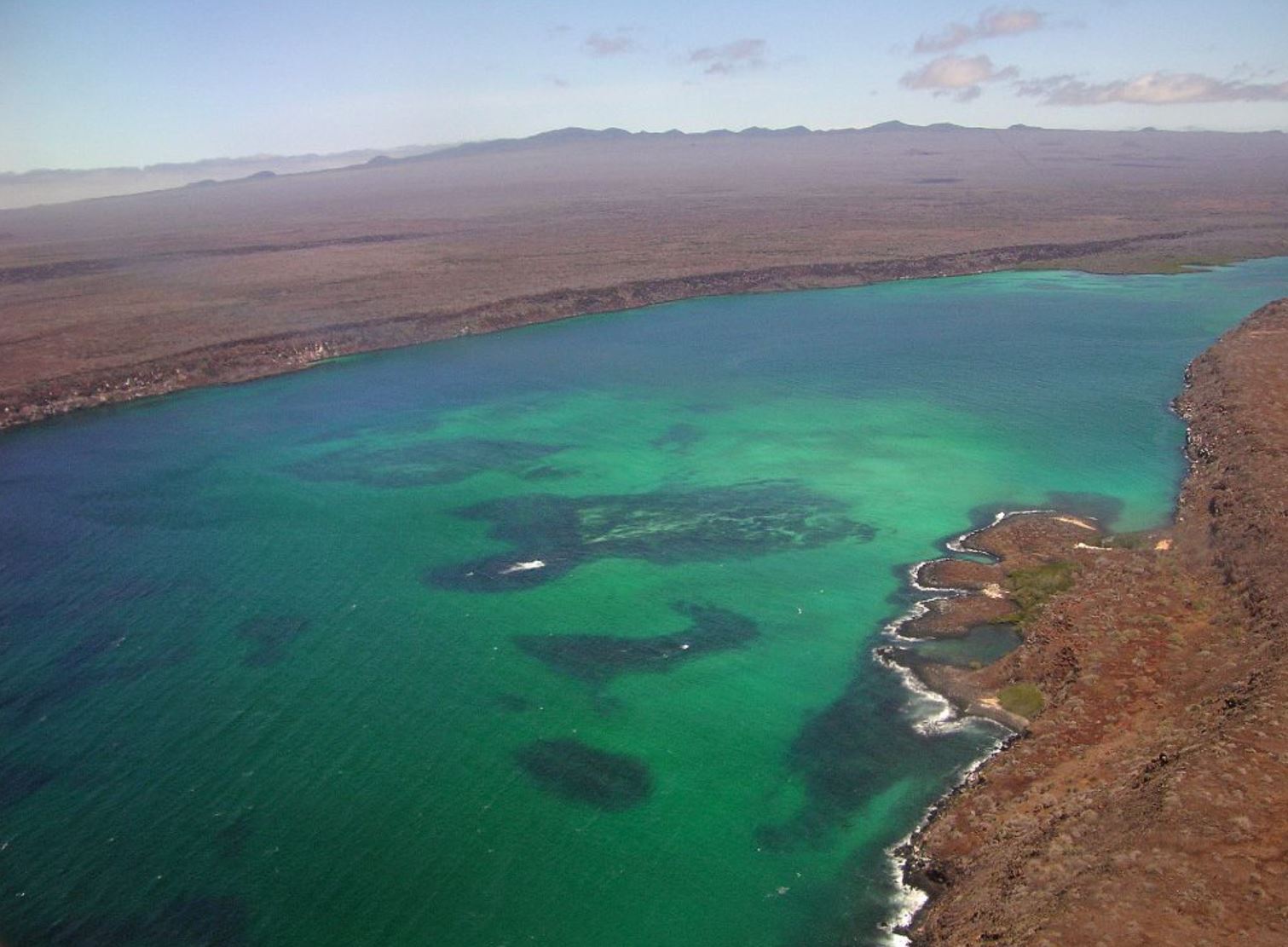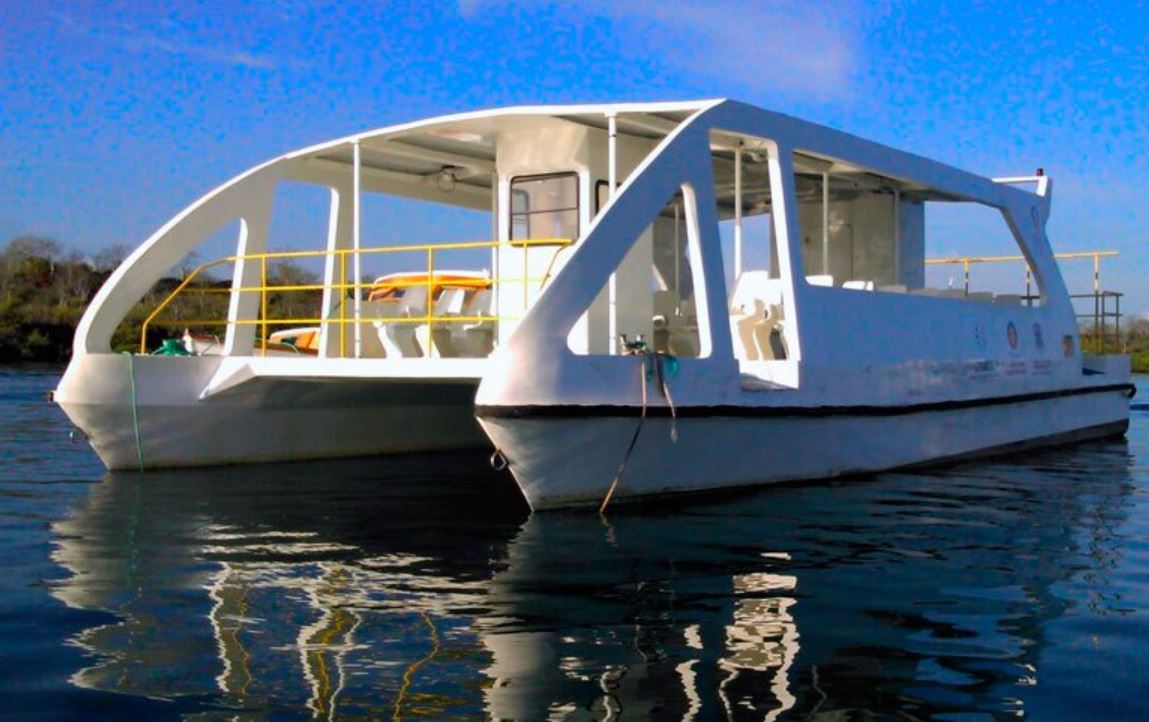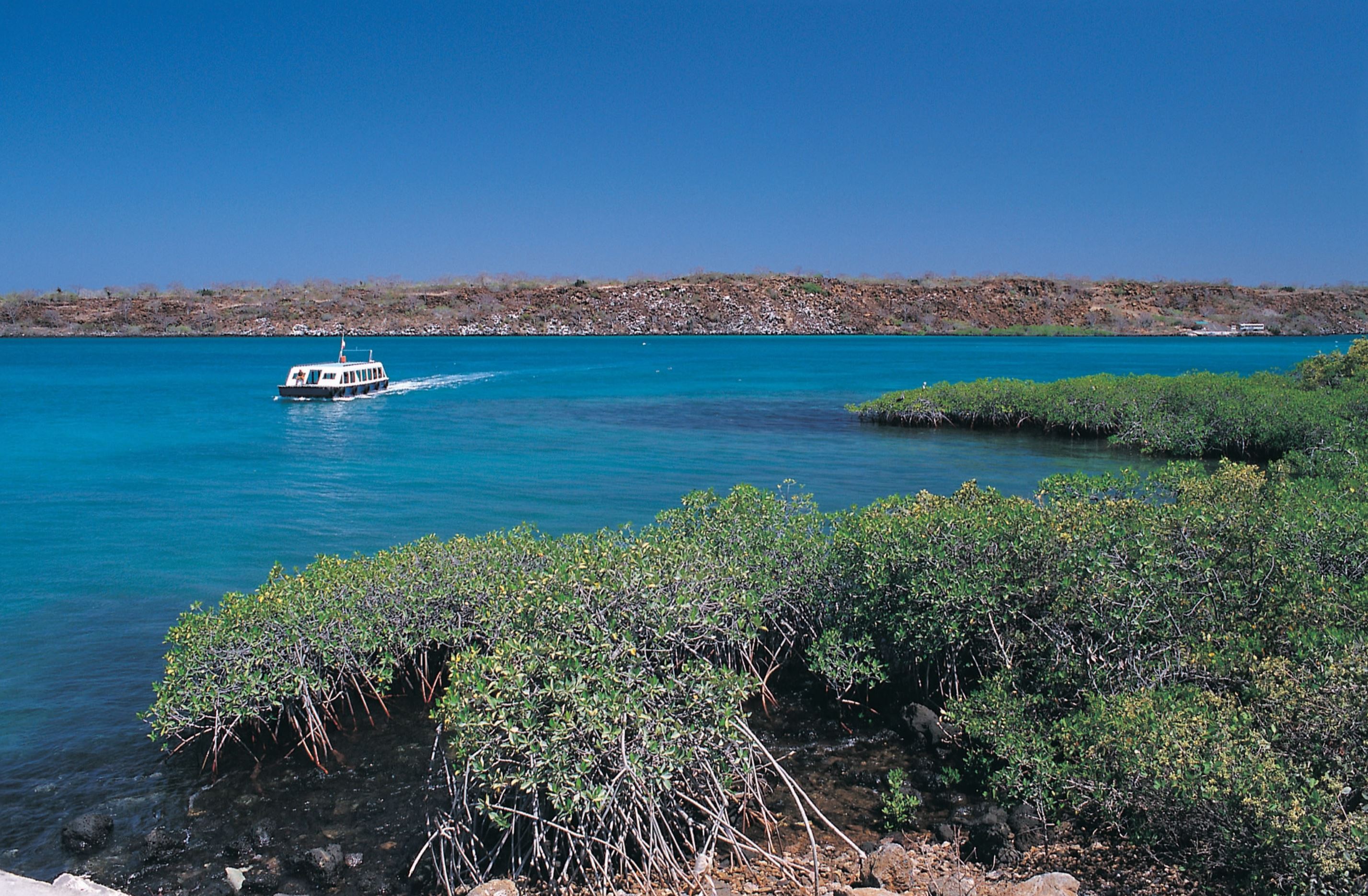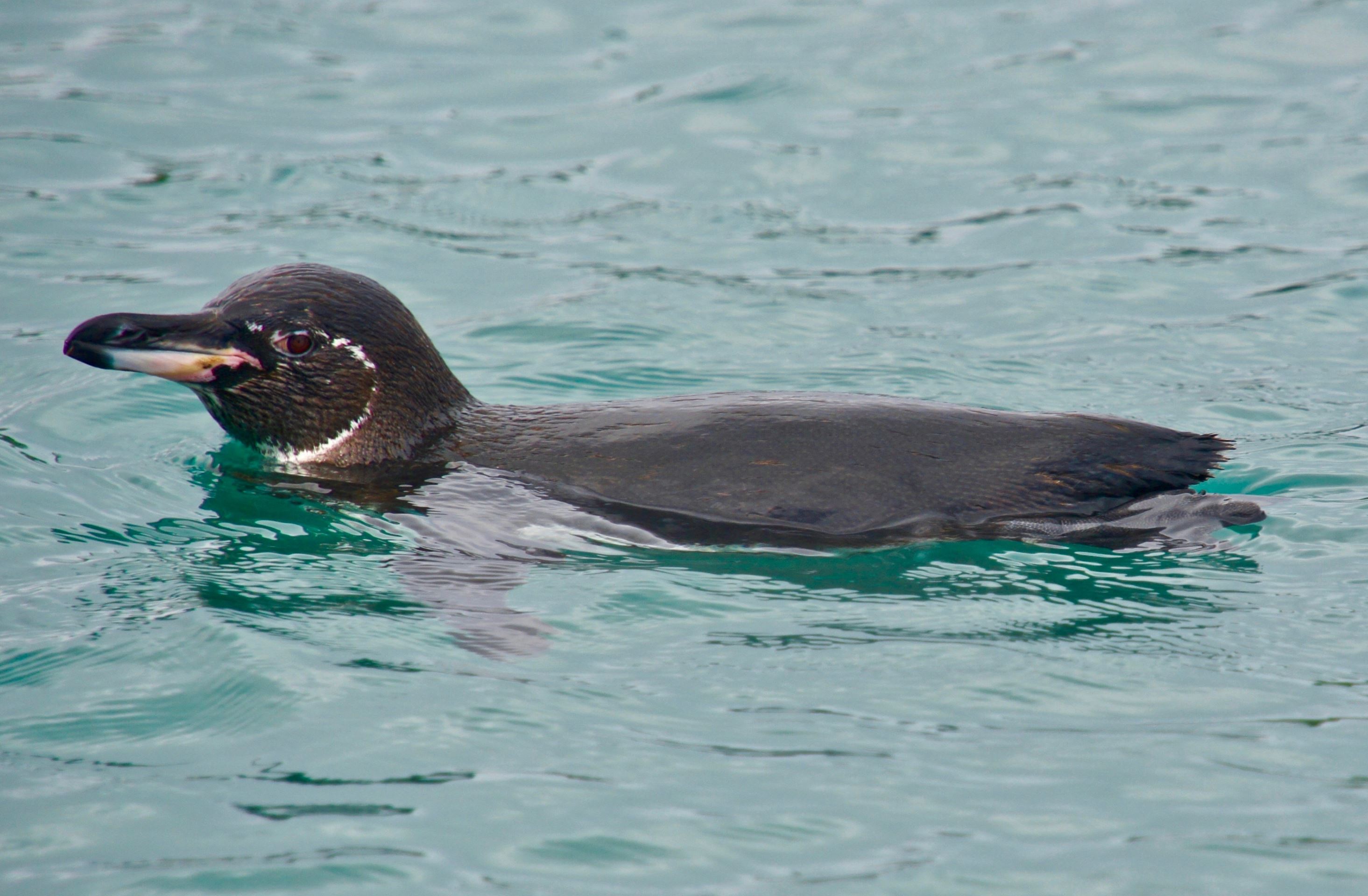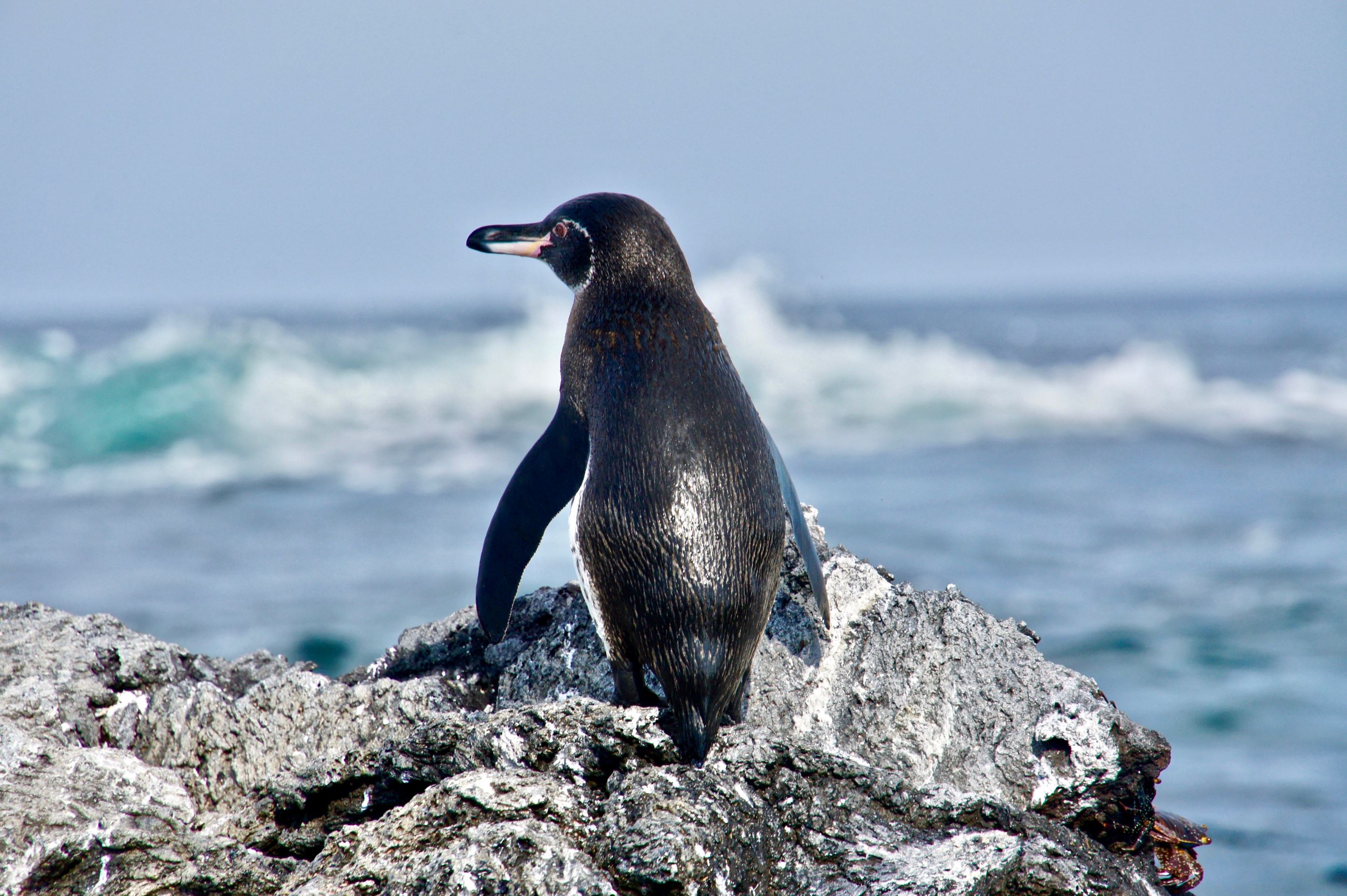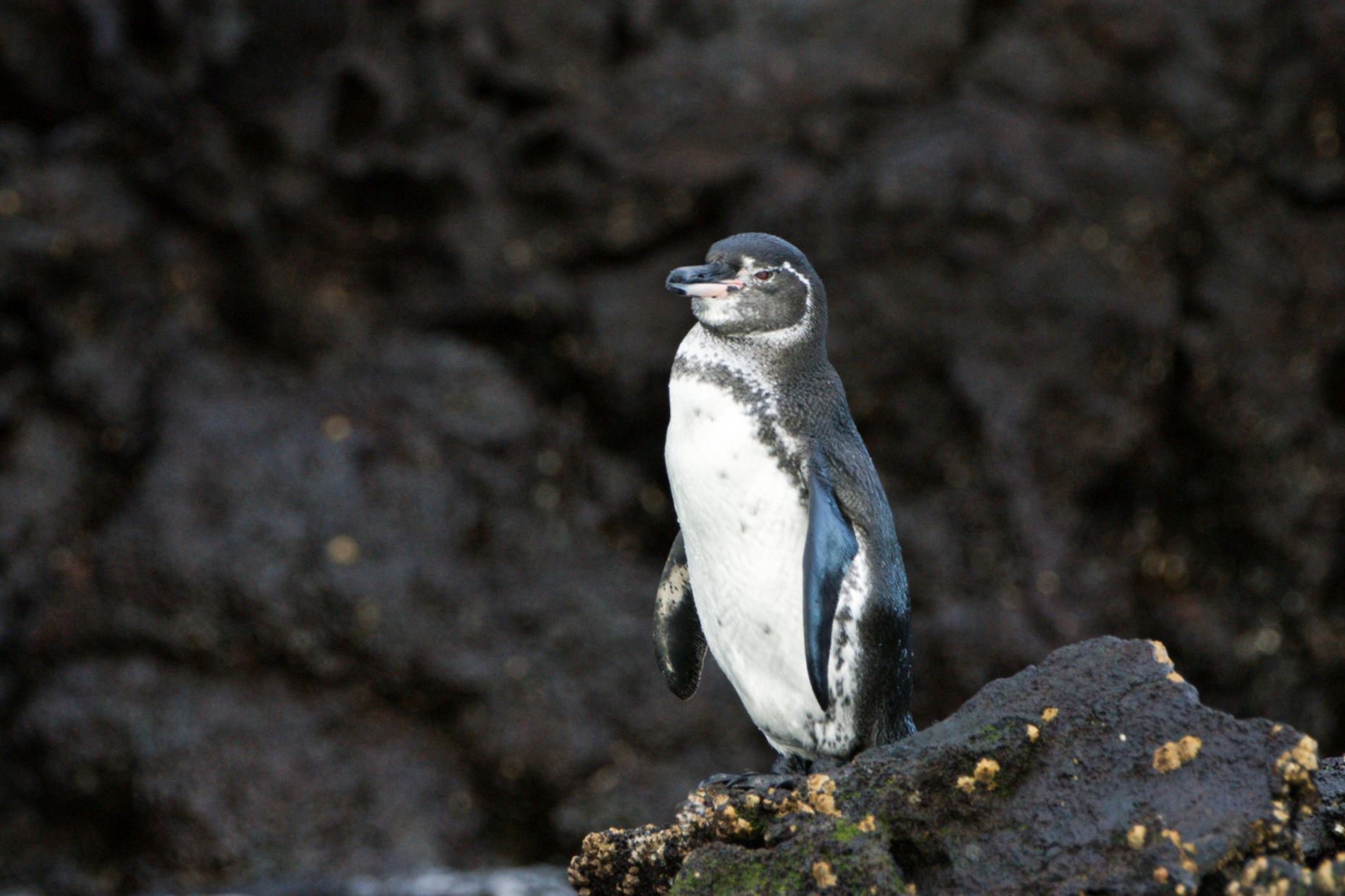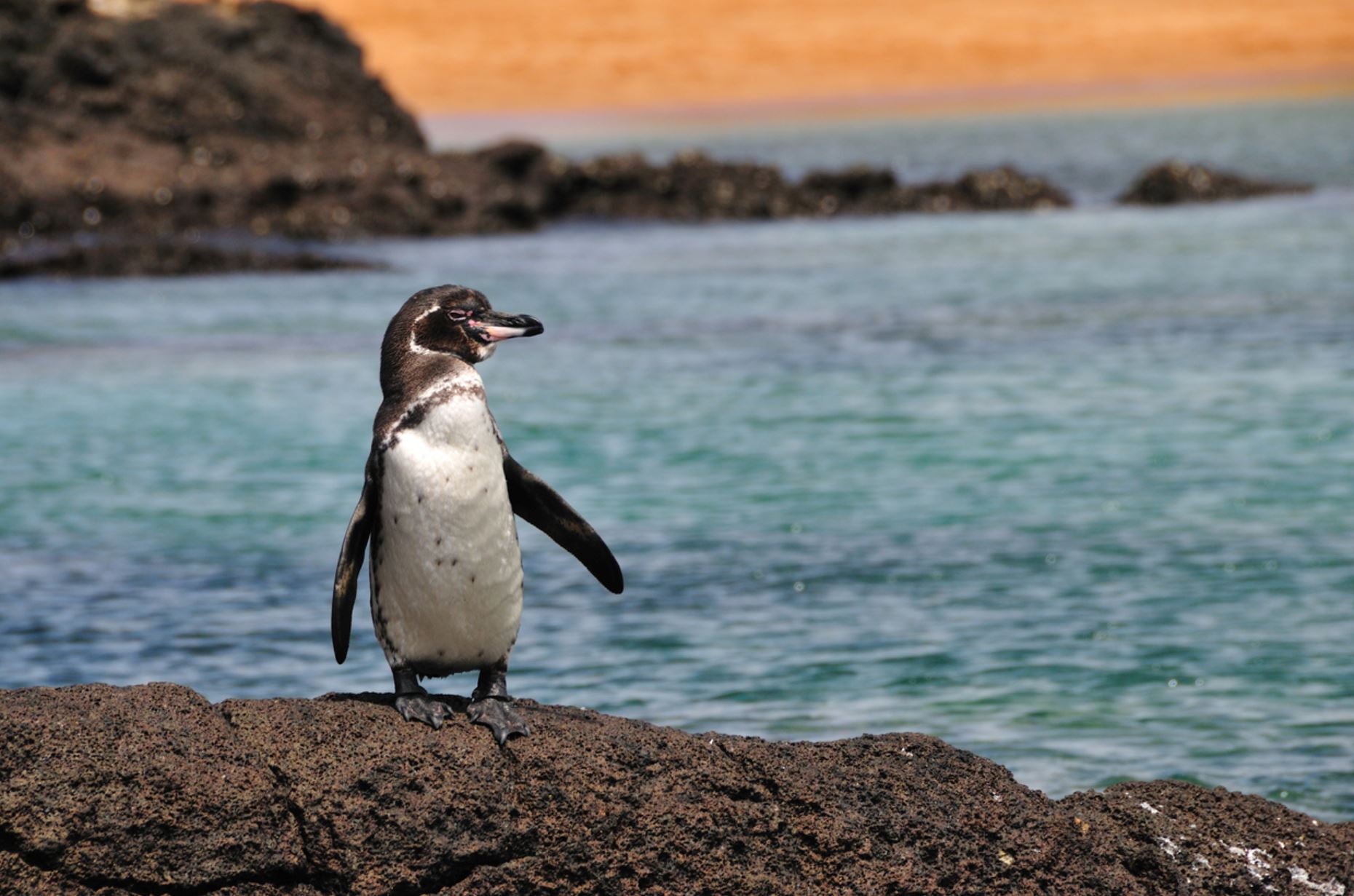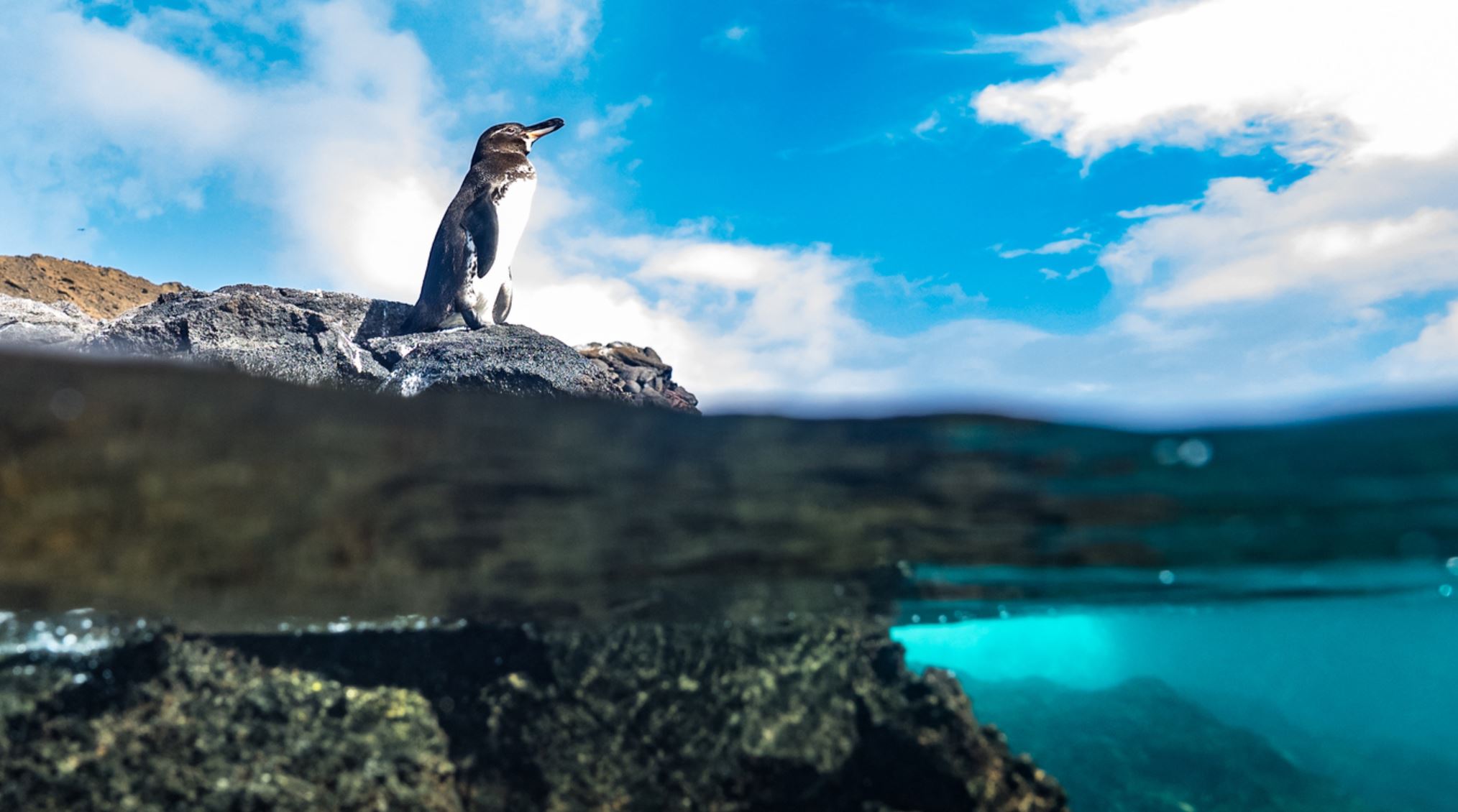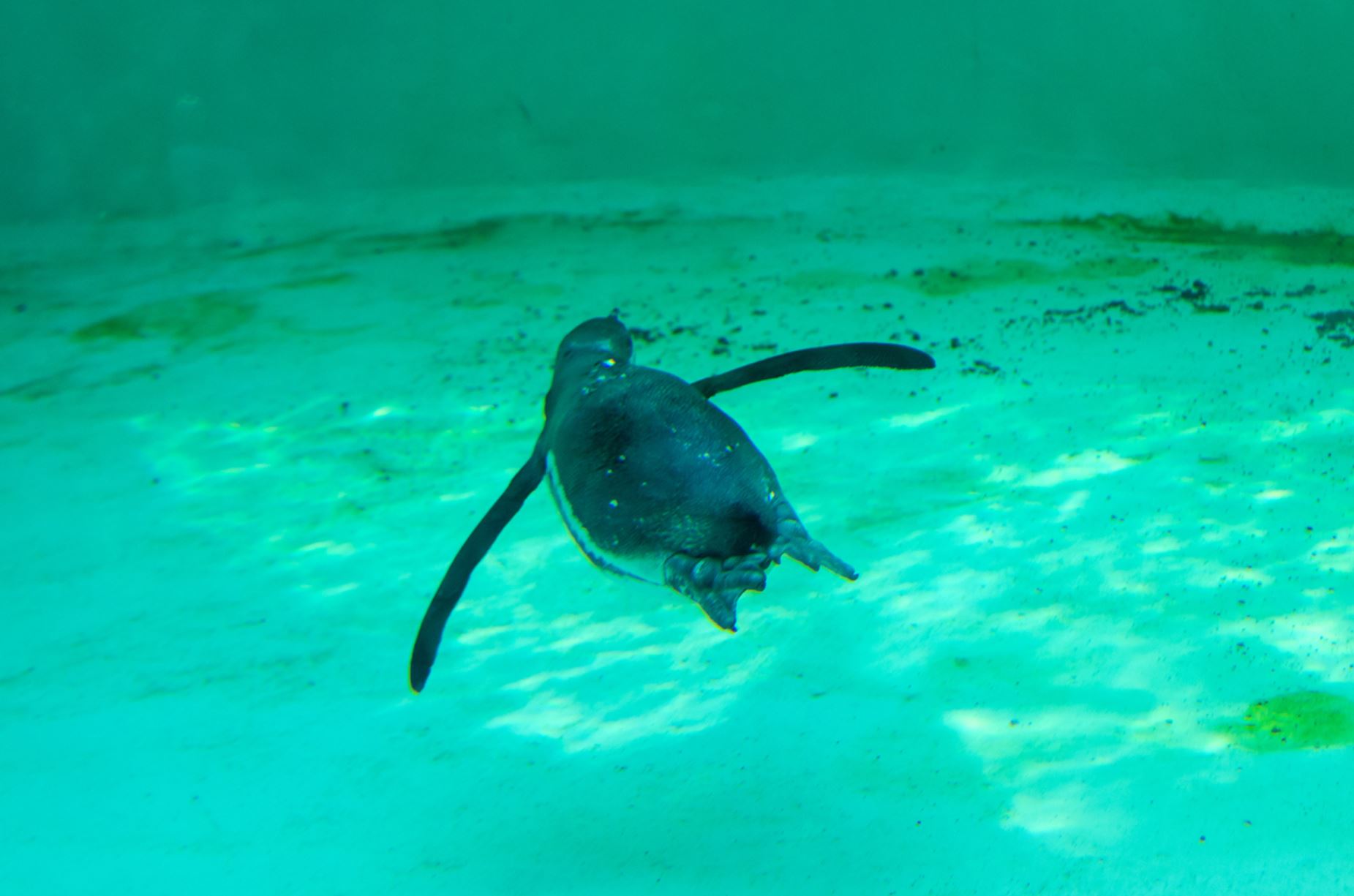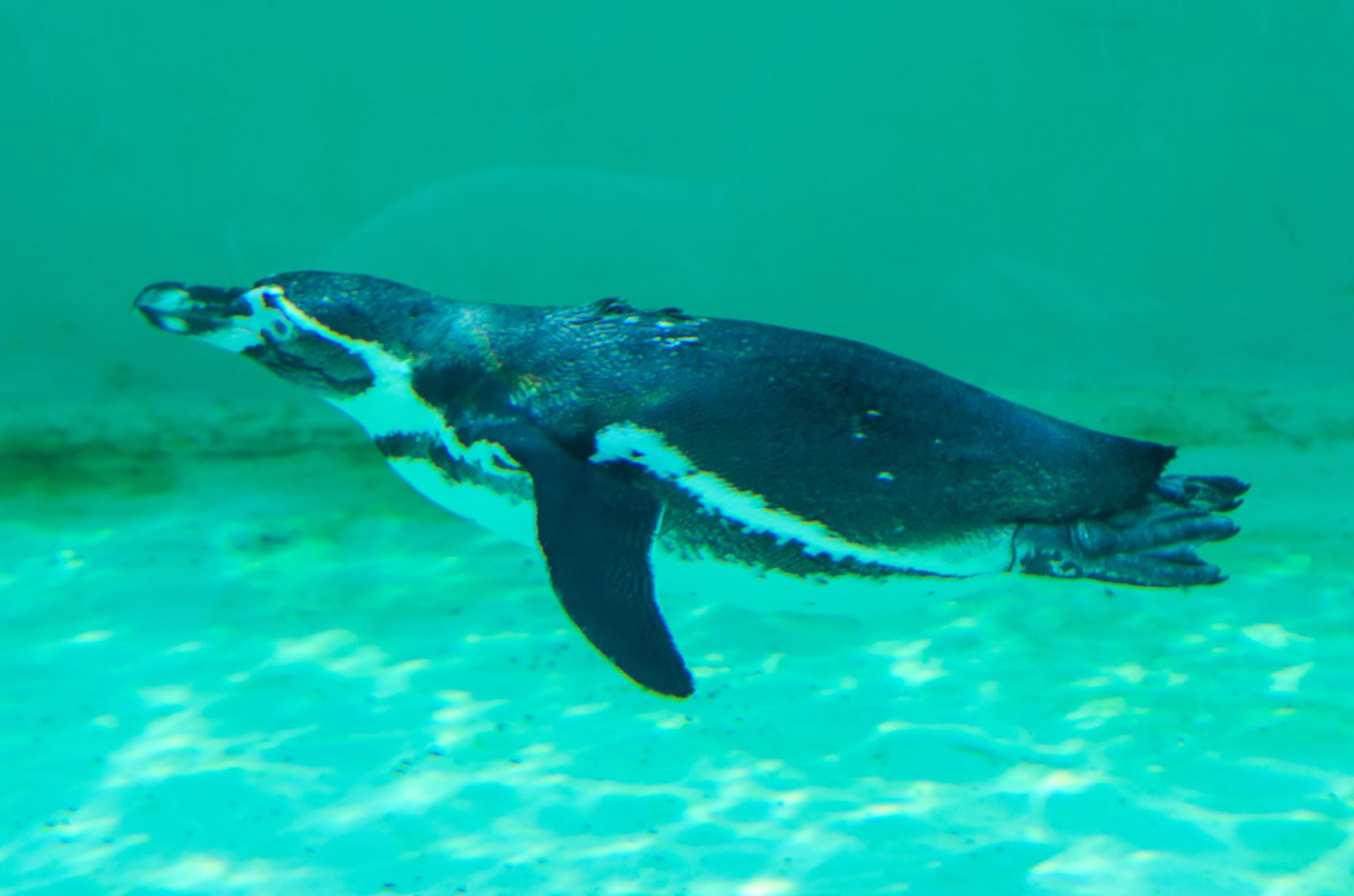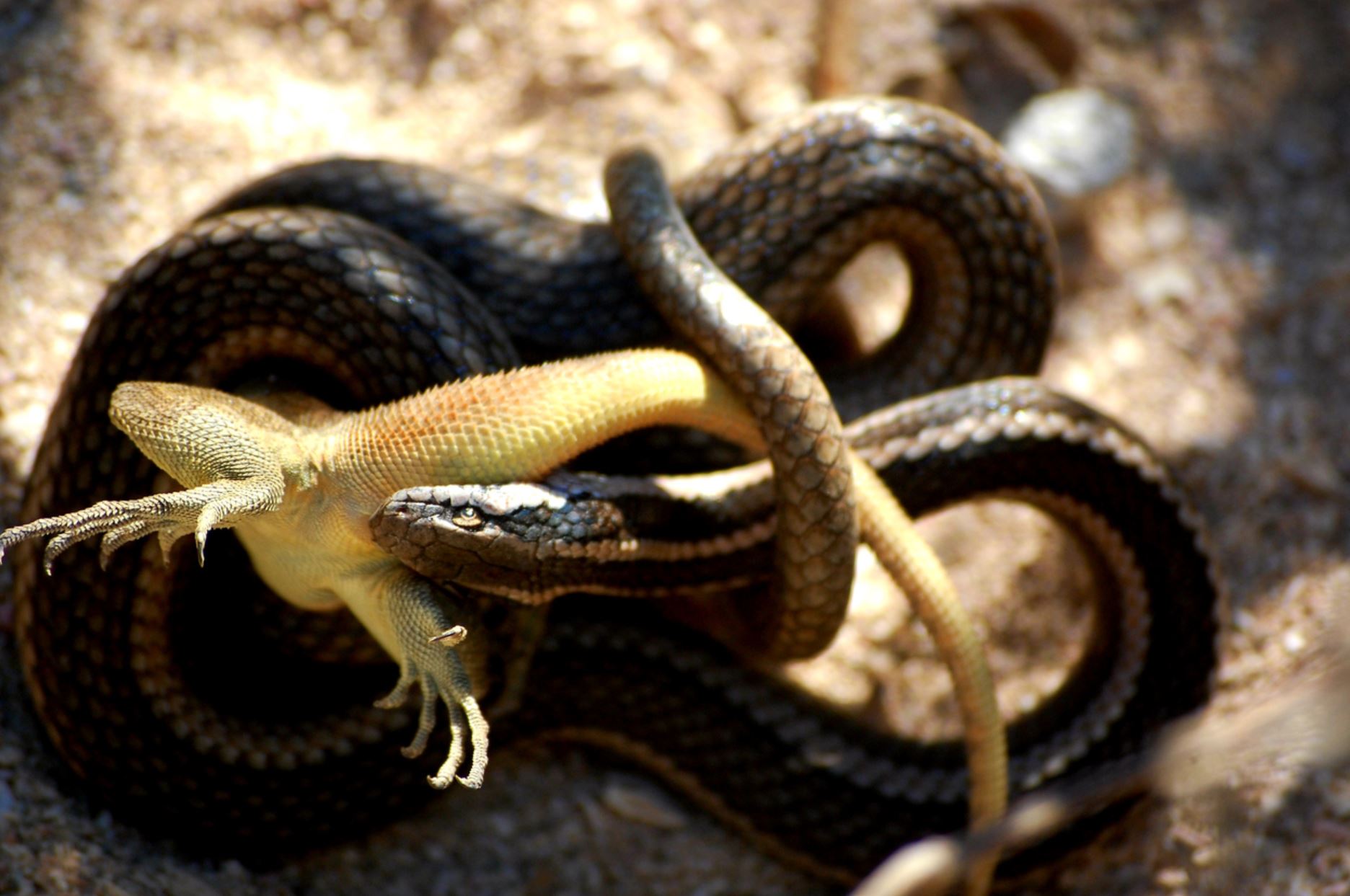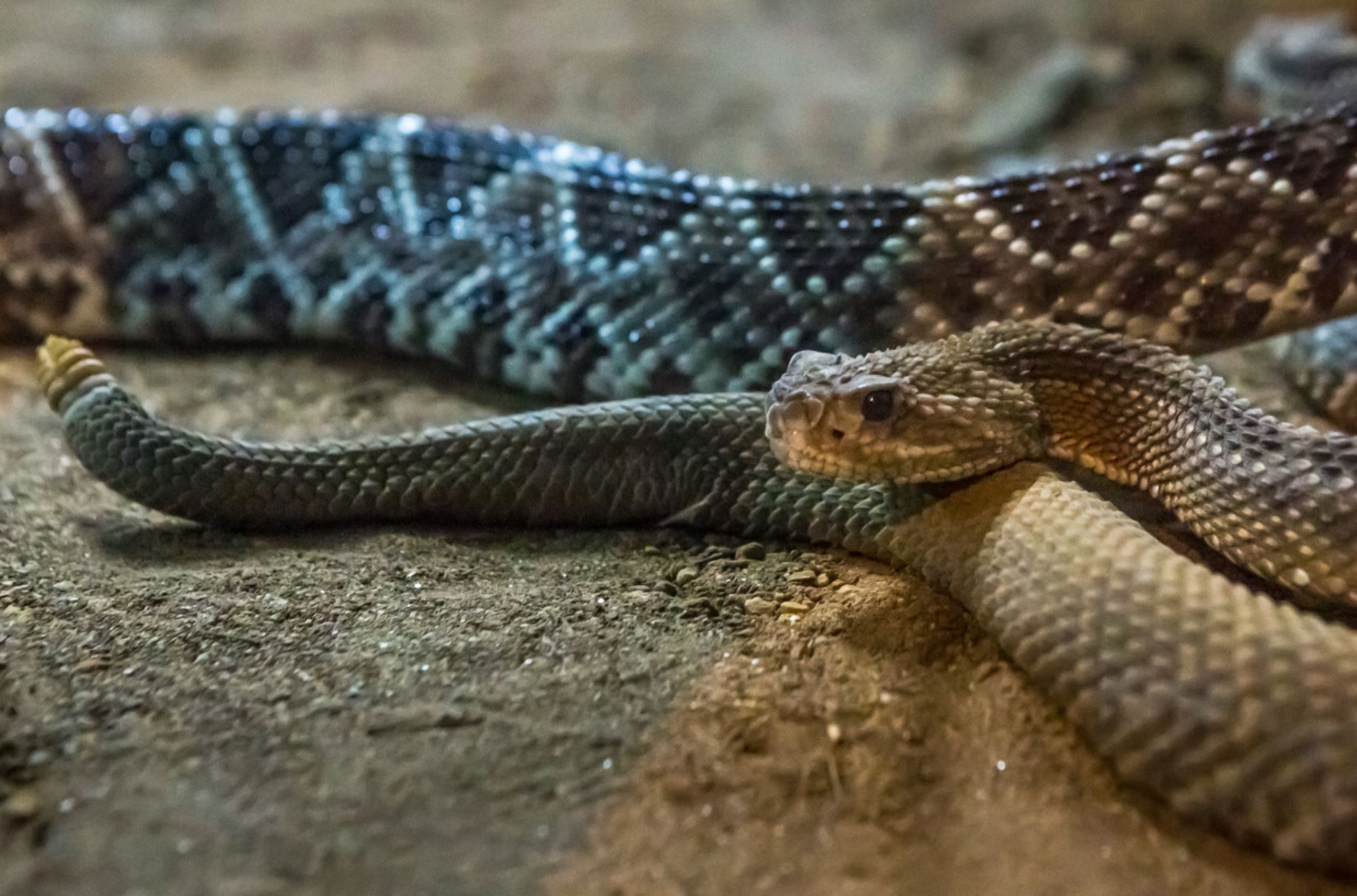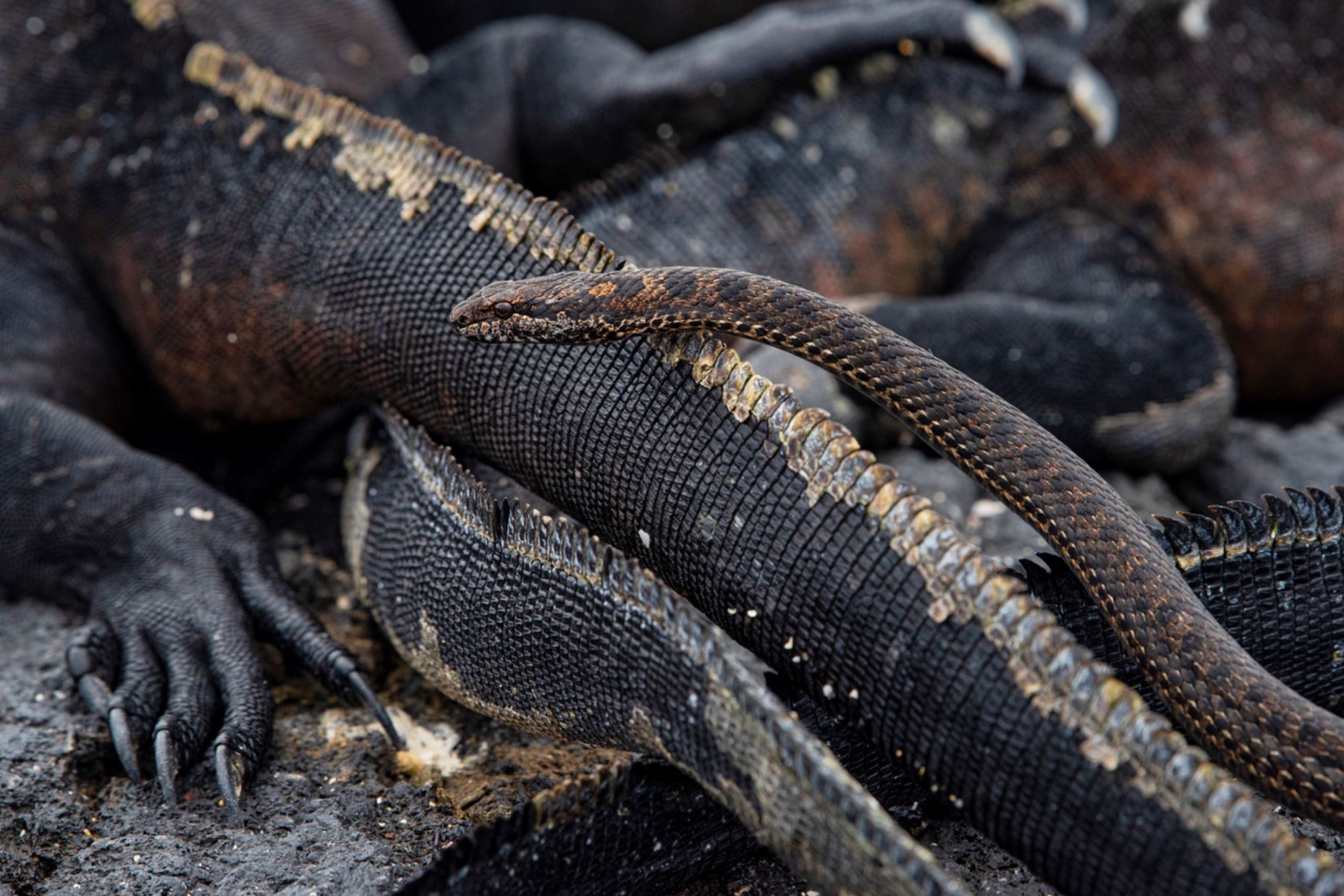Baltra
Animals/Wildlife


Landscape/Views


Snorkeling



Beaches

Baltra Island is a small island of the Galapagos Islands. Also known as South Seymour , Baltra is a small flat island located near the center of the Galapagos. It was created by geological uplift. The island is very arid and vegetation consists of salt bushes, prickly pear cactus and palo santo trees.
The ultimate origin of the name "Baltra" for the island is unknown. "Baltra" is a Spanish surname (particularly Chilean), so it is presumably named after a person. The name is first found in print in the 1927 edition of the South America Pilot by the British Admiralty; it was added after the 1915 edition, but the document explaining the source has been lost. The name is sometimes incorrectly believed to be an acronym used by the US military, though the term predates the US base.
During World War II, Baltra was established as a United States Army Air Force base. Crews stationed at Baltra patrolled the eastern Pacific for enemy submarines and protected the Panama Canal.
After the war, the facilities were given to the government of Ecuador. Today the island continues as an official Ecuadorian military base. The foundations of buildings and other remains of the US base including the old airfield can still be seen on the island.
Until 1986, Seymour Airport was the only airport serving the Galapagos. Now, two airports receive flights from the continent, the other being San Cristobal Airport on San Cristobal Island. Private planes flying to the islands must fly to Baltra as it is the only airport with overnight facilities for planes.
On arriving at Baltra, all visitors are transported by bus to one of two docks. The first dock is located in a small bay where the boats cruising the Galápagos await passengers. The second is a ferry dock, which connects Baltra to the island of Santa Cruz vai the Itabaca Channel.
Constructions for a larger, modernized airport began in 2011, and as of early 2013 it has started operation and the old buildings are being dismantled.
Baltra is currently not within the boundaries of the Galapagos National Park. The Galapagos land iguana is the subject of an active re-introduction campaign on the island; they became extinct on Baltra in 1954. However, in the early 1930s, Captain G. Allan Hancock had translocated a population of Galápagos land iguanas from Baltra to North Seymour Island (spanisch: Seymour norte), a smaller island just a few hundred meters north of Baltra. The iguanas survived and became the breeding stock for the successful Charles Research Station captive breeding program. During the 1980s, iguanas from North Seymour were brought to the Darwin Research Station as part of this project, and, in the 1990s, land iguanas were reintroduced to Baltra. As of 1997, scientists counted 97 iguanas living on strict Baltra, 13 of which were born on the islands. It is not uncommon to see iguanas either crossing the main road or on the runway at the airport.
Visitor sites (close to Baltra):
Daphne Major, Daphne Minor, Mosquera Islet, Mosquera Diving area
Pictures
Animals that can be seen on the island
Galapagos Penguin
The smallest of the penguins and the only species of penguin that lives in the tropics, at the north of the Equator line. These birds are endemic to the Galapagos islands, found only on islands that are touched by the Cromwell and Humboldt currents which bring deep cold waters filled with mullets, anchovies, and sardines, basics for their diet. They are avid swimmers, they can reach 30 km per hour when swimming in search of food.
Their height is of about 49 cms (19.2 in) with a black back and a white chest. They also have pinks patches along the feet and the face that helps them keep them cool on hot days. Females tend to be smaller than males. They reproduce all year round and stay with their mate for life. Females lay between one to two eggs in a nest made on the ground, in the volcanic porosity. The egg hatches in about 35 days; sixty days later the chick leaves the nest and some months later starts to feed by itself.
It is estimated that there are about 2,000 of these birds living in the archipelago, most of their populations can be seen mainly in Fernandina and Isabela island. However, small colonies can also be found around other places in the archipelago such as Bartolome, Floreana, and Santiago on occasional sightings.
- Animal Group: Seabirds
- Scientific Name: Spheniscus mendiculus
- Animal Average Size: 49 cm
- Animal Average Weight: 2.5 kg
Fernandina, Isabela, Bartolomé, Baltra
Galapagos Racer Snake
Racer snakes on Galapagos are constrictors and only mildly venomous. They are known to prey on lava lizards, geckos, insects, iguanas, mice, rats and hatchlings of several bird species. They are not at all aggressive towards humans and could not do much harm if they were to attack after being threatened. Racers tend to be dark brown with stripes or spots.
There is some confusion over the number of species of racer snake found in Galapagos due to poor research. The latest research suggests that there are: the Galapagos racer (Pseudalsophis biserialis) from San Cristobal and Floreana – though it is locally extinct on Floreana and now only found on nearby islets; the Espanola racer (Pseudalsophis hoodensis) from Espanola and adjacent islets; Santa Cruz racer (Pseudalsophis dorsalis) from Santa Cruz, Baltra, Santa Fe and adjacent islets; Fernandina racer (Pseudalsophis occidentalis) from Fernandina, Isabela, and Tortuga; banded racer (Pseudalsophis slevini) from Pinzon; and the striped racer (, ) from Baltra and Santa Cruz.
It is the Fernandina racer which has been observed hunting for marine fish from rock pools and the shallows around Fernandina. The British biologist Dr. Godfrey Merlen was the first scientist to ever see this behaviour happening as he noted up to 15 individual snakes slithering around the lava rock pools around Cape Douglas. This is a unique behaviour of terrestrial snake not observed anywhere else in the world. The racers on Fernandina were also the stars of BBC´s Planet Earth II where they were filmed hunting juvenile marine iguanas.
Racer snakes can be found in Galapagos on most of the major islands, though they are now locally extinct on Floreana. The snakes are found throughout the year, but unlike many other Galapagos animals they are shy of humans and will hide away making them reasonably tough to spot without looking for them specifically. They are diurnal, most active around dawn and dusk, and often rest around midday. The native snake population has been decimated by introduced species such as cats, pigs and feral goats which forage for their eggs.
- Animal Group: snakes
- Scientific Name (depending from the islands): Pseudalsophis biserialis, Pseudalsophis hoodensis, Pseudalsophis dorsalis, Pseudalsophis occidentalis, Pseudalsophis slevini, Pseudalsophis steindachneri
- Animal Average Size: 80 cm bis 1,20 m
- Animal Average Weight: 8 – 10 kg
Racer males can be found in Galapagos on most of the major islands!
Location
Mr. Frobeen can give you precise information about the ships.
Mr. Frobeen will be happy to advise you by phone at +49 (0)7633 9399360 or via email info@frobeen.de
If you want to book, what are the payment methods?
The reservation is gratis as an option.
If you want to make an fixed booking, there is to pay a deposit of 20%.
The remaining payment is due 4 weeks before departure. In individual cases, such as diving cruises, other rules apply. Information on request.
- Your payments are insured against bankruptcy!

